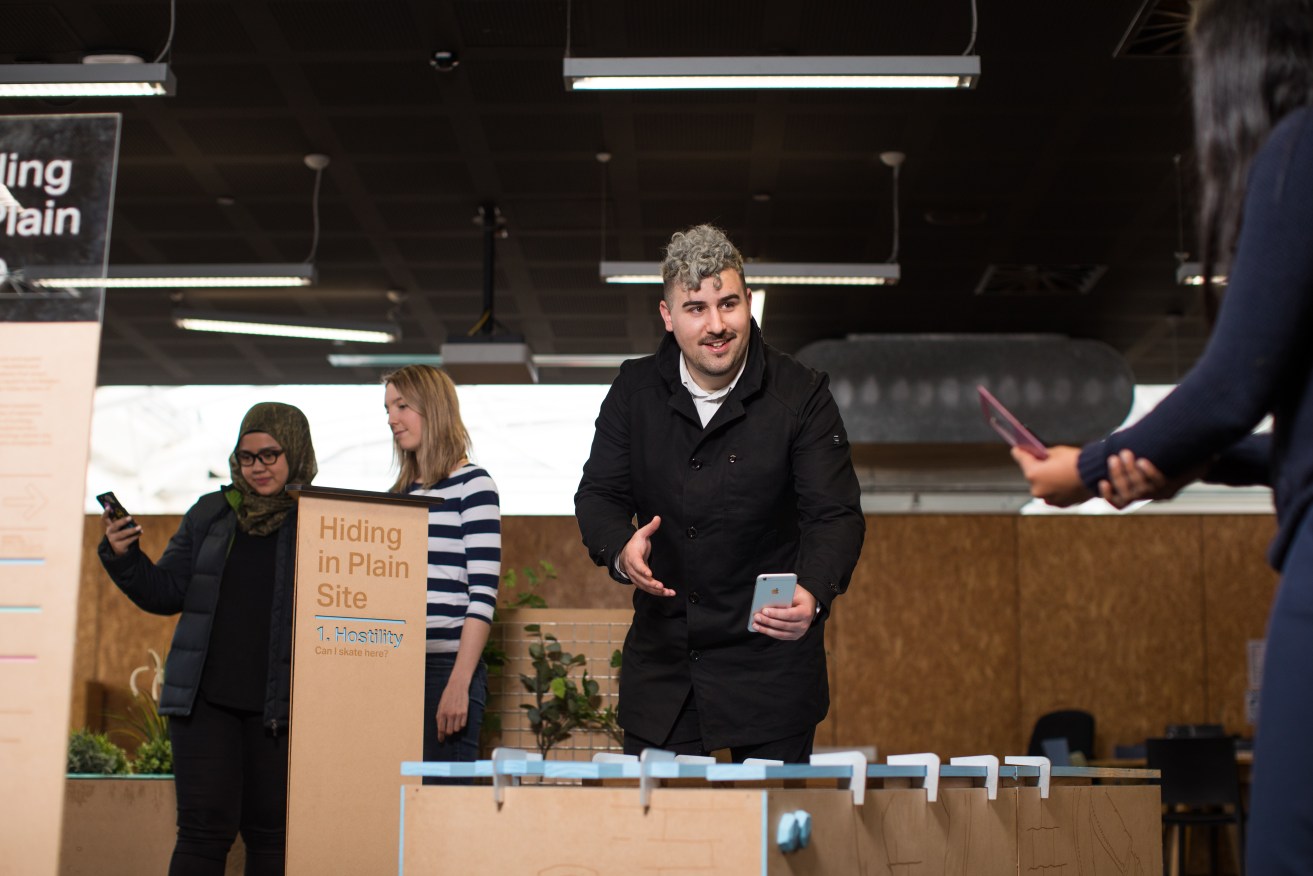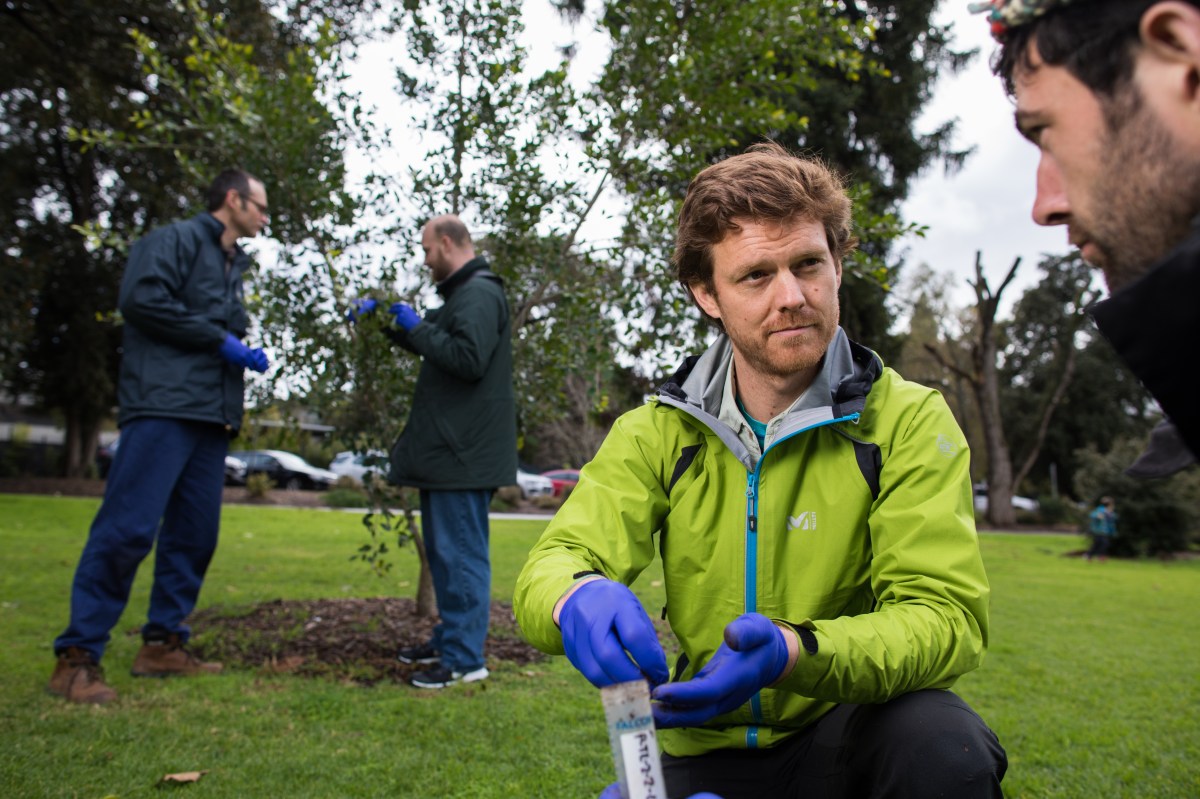The University of Adelaide is making cities smarter with data
Through better uses of the data our cities create, and stronger communication between universities, industry and research groups, the Australian Smart Cities Consortium is working to make Adelaide a smarter city.

As the director of the University of Adelaide’s Australian Smart Cities Consortium, Nick Falkner has great faith in the potential good of the practical implementation of research.
People living in cities, and just about everywhere, produce incredible amounts of data, and with the right analysis, that data can be applied to create more efficient and effective ways of navigating, operating, and living within increasingly populated cities.
But rather than the technological utopia one might imagine, Falkner says a smart city is much closer to the world we already know.
“Initially we looked at it from a technology perspective… but then it became apparent that technological focusses tended to result in purely technological solutions,” he says.
“Some of the best solutions we could come up with in a smart cities context was working out how to do something with the resources that we had, and a little bit of technology, to make much better use of the resources.”
Some Consortium projects look further into the future, like the planting of indigenous gardens across the university in order to identify the different climatic conditions that exist throughout urban environments, giving insight into whether CBD car parks can be converted into urban gardens as driver behaviour evolves in line with advancement in driverless car technology.
But Falkner stresses there are current real-world solutions Adelaide residents are already benefiting from.

“I don’t know if you’ve noticed, if you look at Glen Osmond Road, they’ve moved some bus stops around to get them further away from traffic lights to remove snarls, they’ve put in small edgeways where a bus can pull in and people can go around it, and that’s analyzing traffic flows and working out the intervention they can make to make your life better,” he says.
“I don’t think that people explain this as a data-driven decision, [but] now that the metro system can use the cards, they can clearly identify, along with the bus positioning, where people are getting on, and they can identify how the buses are flowing.
“What they’ve done is they’ve taken existing data, they’ve analysed it, and then they’ve modeled it to work out how they could improve things. That is smart decision making, data-driven decision making that would not have been possible before we had the bus sensors, and before we had the cards, and then do all of that analysis.
“For me, it’s a really great smart cities solution, because it’s an improvement to the existing bus structure, by moving around current resources, and making everybody’s life a little better, and it didn’t require everyone to be filmed 24/7 in order to work it out.”
Creating these solutions, though, not only requires data, but connections between industry, universities, and research groups. Facilitating these connections is a large part of the Smart Cities Consortium’s role.
“We have a lot of experts here – we have a lot of great people in South Australia full-stop, across all of our industry and all of our universities – but here in the University of Adelaide, we do pride ourselves on the depth of our research,” Falkner says.
“But someone who’s an expert in one discipline might not necessarily know who to go and talk to in order to be able to solve a smart cities problem.
“The idea was to go out to all of the researchers who were in the University of Adelaide and say ‘love what you’re doing. We don’t want to take anything away from you, but maybe we could talk more to other people about the stuff that you’re doing that they might be interested in, we can bring opportunities to you that you might be able to benefit from, and we will help you link it up.’
The advancements the Consortium is working toward are not reactions to any great threat, but even in Adelaide, it’s never too early to start working on a better functioning city.
“Adelaide’s about to go through some pretty major growth, in terms of defence jobs, in terms of the fact that the East Coast is becoming more expensive – we are going to see more people moving here,” Falkner says.
“Our population is going to grow, and the initial design of Adelaide meant that we were quite lucky in the way that our transit corridors could work… but we are having to be cleverer about how we do things, and going from 1.2m up to 2m people, will cause some strain, unless we are clever.
“What I’d like is to see Adelaide be a city that never has to go through that problematic time, breaking into multiple areas where it almost becomes three different cities. I think we can pull it off.”
Solstice Media has partnered with the University of Adelaide to provide information about the Australian Smart Cities Consortium.




